-
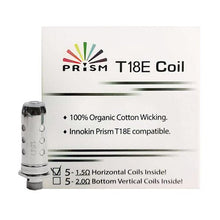
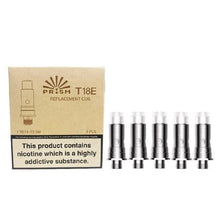 Vendor:Innokin
Vendor:InnokinInnokin Endura T18E Coils
Regular price From £6.99Sale price From £6.99 Regular priceUnit price per -
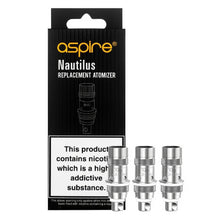 Vendor:Aspire
Vendor:AspireAspire Nautilus BVC Coils
Only 7 leftRegular price £8.99Sale price £8.99 Regular priceUnit price per -
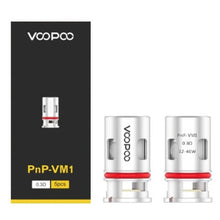
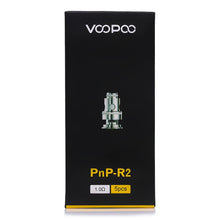
-
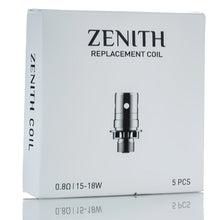
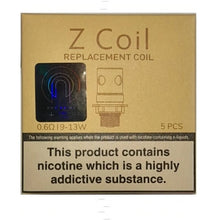 Vendor:Innokin
Vendor:InnokinInnokin Zenith (Z) Coils
Only 8 leftRegular price From £8.99Sale price From £8.99 Regular priceUnit price per -

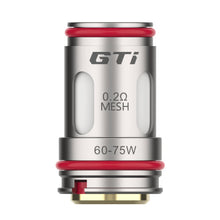 Vendor:Vaporesso
Vendor:VaporessoVaporesso GTi Coils
Regular price £12.99Sale price £12.99 Regular priceUnit price per -
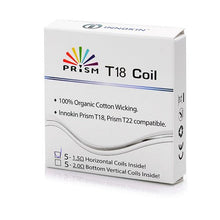 Vendor:Innokin
Vendor:InnokinInnokin Endura T18 Coils
Regular price £7.49Sale price £7.49 Regular priceUnit price per -
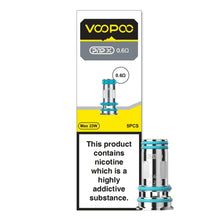
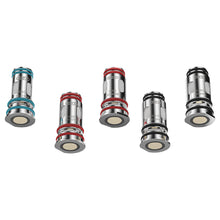 Vendor:Voopoo
Vendor:VoopooVoopoo PnP-X Coils
Regular price £12.99Sale price £12.99 Regular priceUnit price per -

 Vendor:Geek Vape
Vendor:Geek VapeGeek Vape Z Coils
Regular price £12.49Sale price £12.49 Regular priceUnit price per -
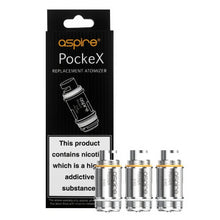 Vendor:Aspire
Vendor:AspireAspire PockeX Coils
Only 4 leftRegular price £12.99Sale price £12.99 Regular priceUnit price per -
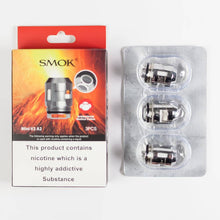 Vendor:Smok
Vendor:SmokSmok TFV-Mini V2 Coils
Only 10 leftRegular price From £9.99Sale price From £9.99 Regular priceUnit price per -
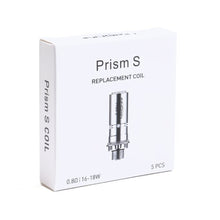 Vendor:Innokin
Vendor:InnokinInnokin Endura Prism-S Coils
Only 1 leftRegular price £8.99Sale price £8.99 Regular priceUnit price per -
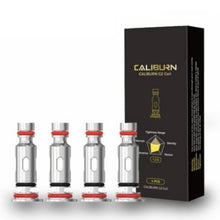
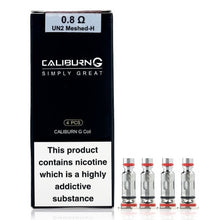 Vendor:Uwell
Vendor:UwellUwell Caliburn G2 Coils
Regular price £9.99Sale price £9.99 Regular priceUnit price per -
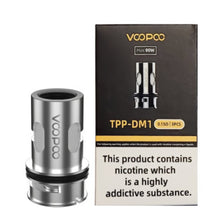
 Vendor:Voopoo
Vendor:VoopooVoopoo TPP Coils
Only 9 leftRegular price £9.99Sale price £9.99 Regular priceUnit price per -
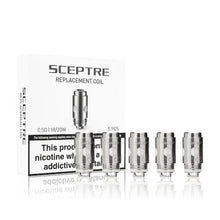 Vendor:Innokin
Vendor:InnokinInnokin Sceptre Coils
Only 7 leftRegular price From £6.49Sale price From £6.49 Regular priceUnit price per -
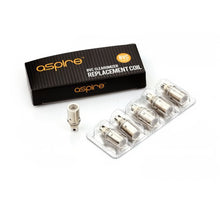
-

-
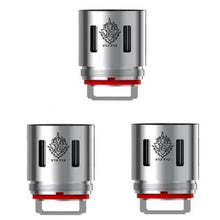
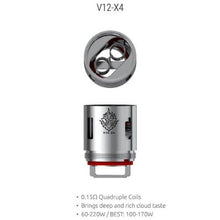 Up to £2 offVendor:Smok
Up to £2 offVendor:SmokSmok TFV12 Coils
Only 10 leftRegular price £7.99Sale price £7.99 Regular priceUnit price per£9.99 -

 Up to £6 offSold outVendor:Horizon Tech
Up to £6 offSold outVendor:Horizon TechHorizon Tech Falcon Coils
Regular price £9.99Sale price £9.99 Regular priceUnit price per£15.99




























